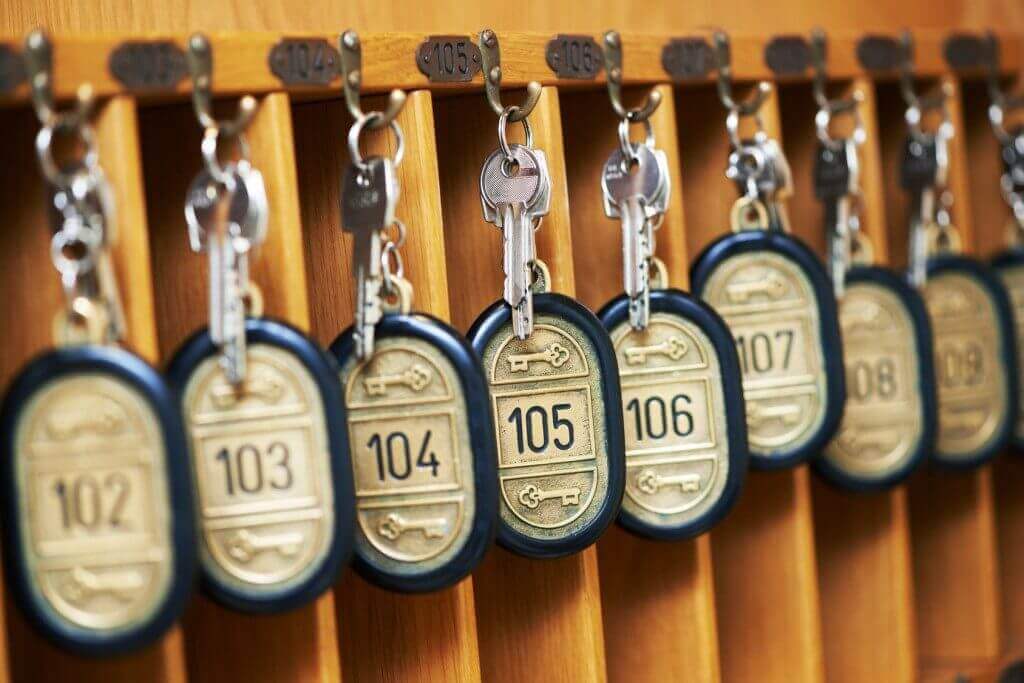
We’re getting back to basics to help you better understand the critical metrics we use in the hospitality industry necessary to measuring performance. To fully maximize hotel performance, we use several specific terms including RevPAR, ADR and Occupancy; each of which we’ll discuss during the next few weeks.
This week we’re discussing occupancy, a seemingly basic which is not as simple as it may seem.
What is Occupancy?
Simply put, it’s the number of rooms occupied by guests on any given night. If you have a 100-room hotel and 62 rooms were sold, then occupancy is of course 62%.
Averaging Occupancy
Knowing how many rooms were purchased on any given night is a valuable tool, but the industry also likes to understand average occupancy for longer time periods, such as a week, a month or a year. When looking to understand occupancy numbers over a longer time period, we have to average daily occupancy numbers over the selected dates.
Let’s take a month, for example. In April, there are 30 days. Simply take the total number of rooms sold for the entire month and divide it by 30. So, while you may have 90% of rooms occupied some nights, other night it may be considerably lower. But, at least this metric provides an average number of rooms sold throughout the month.
However, this basic benchmark ignores how much is being spent by each guest for their specific room, but it does help hoteliers understand whether they are filling more, less or about the same number of rooms as their local competitors, their individual market and the entire United States.
Occupancy is also extremely important for understanding RevPAR, revenue per available room, which we will discuss in another article.
Now let’s tie occupancy into how it’s used in the real word.




